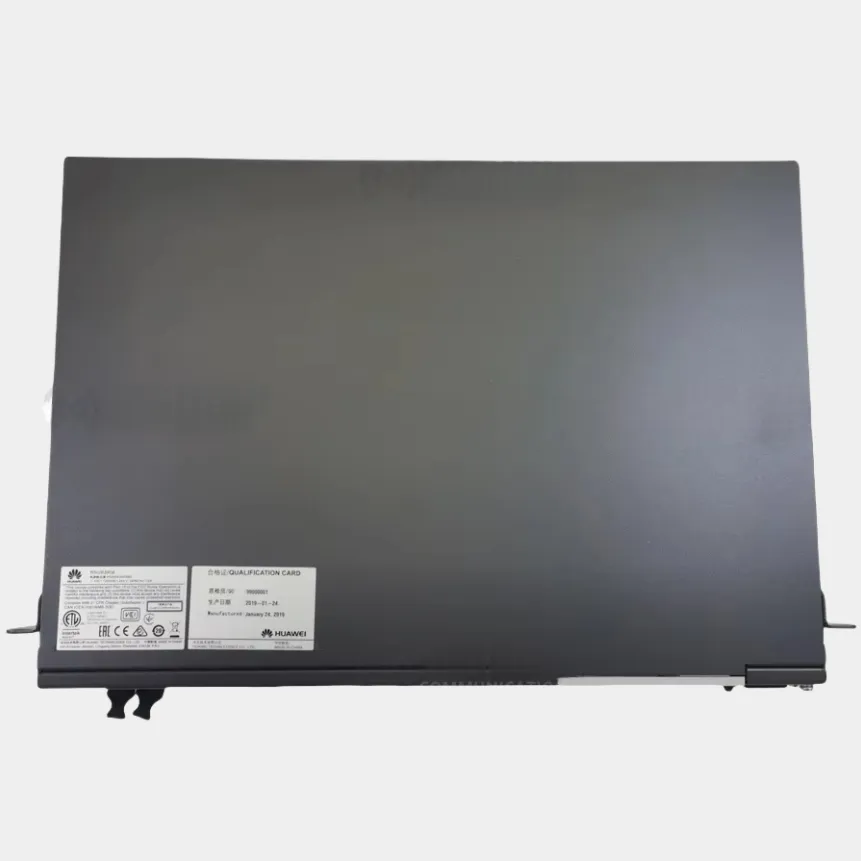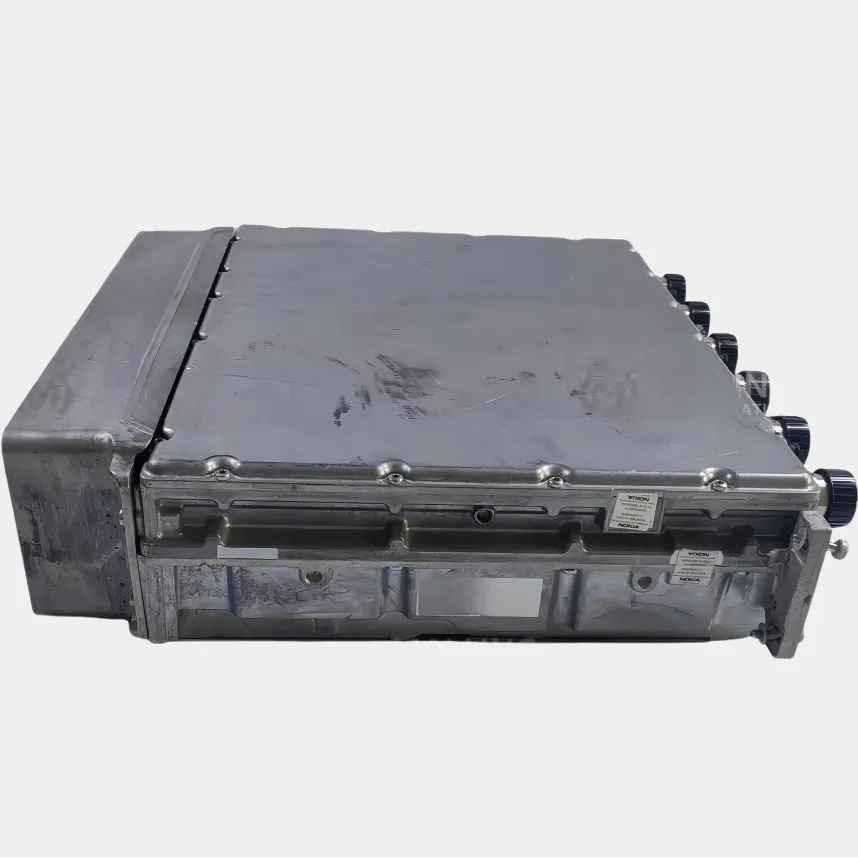В мобилната телекомуникация, базова преобразувателна станция (BTS) е една от ключовите компоненти на системата. Тя служи като връзка между мобилните устройства и основната мрежа, координирайки всичка комуникация на ниво радиовръзка. BTS се състои от няколко подединици, включително базов единица за обработка на сигнали и радиочестотен модул за управление на приемането и изпращането на сигнали, както и контролен модул за управление на всички системни компоненти. Комуникацията на мобилните потребители в областта се регулира чрез честотно разпределение, контрол на прехвърлянето и управление на нивото на излъчвана мощност, които се осъществяват от BTS.


